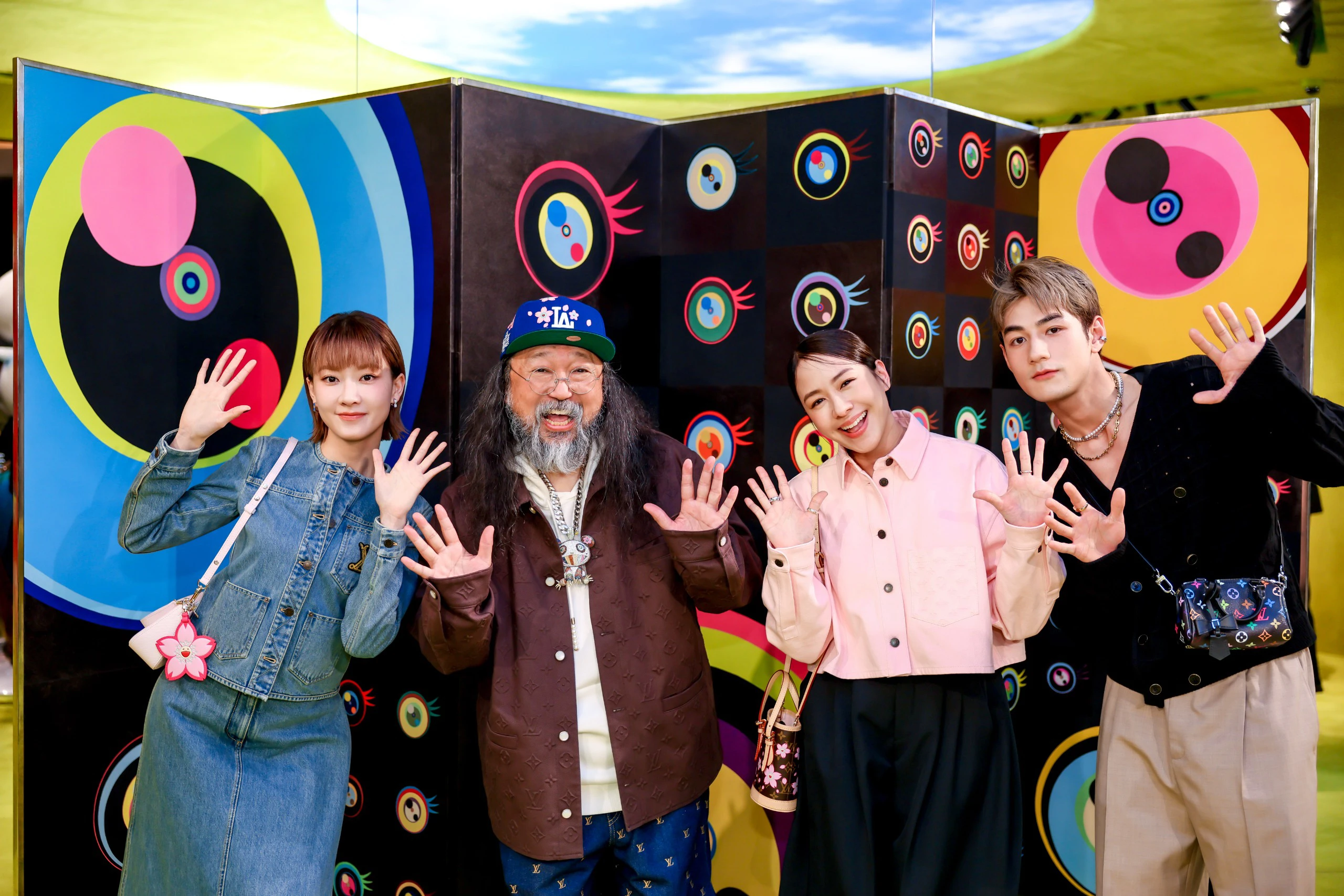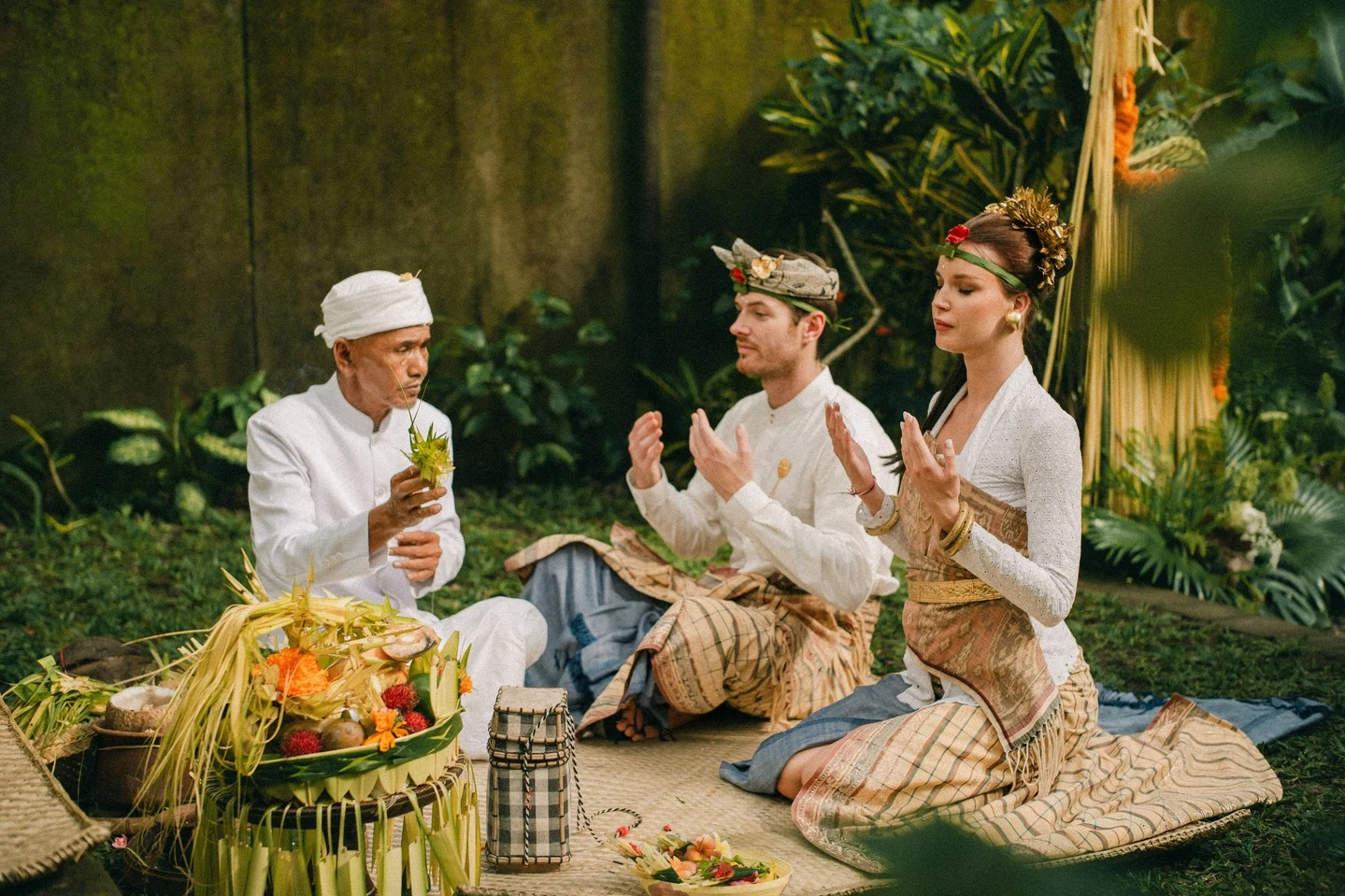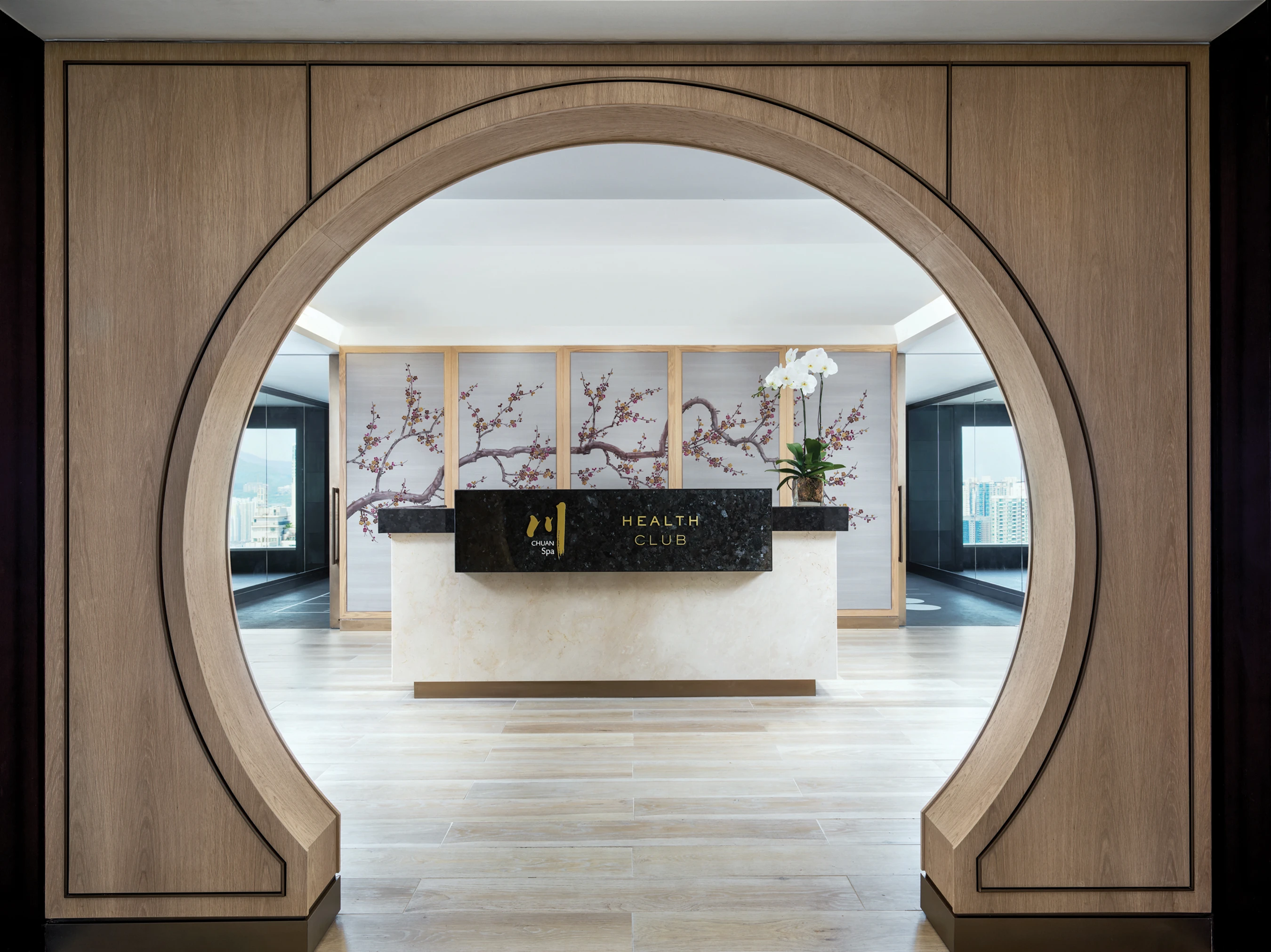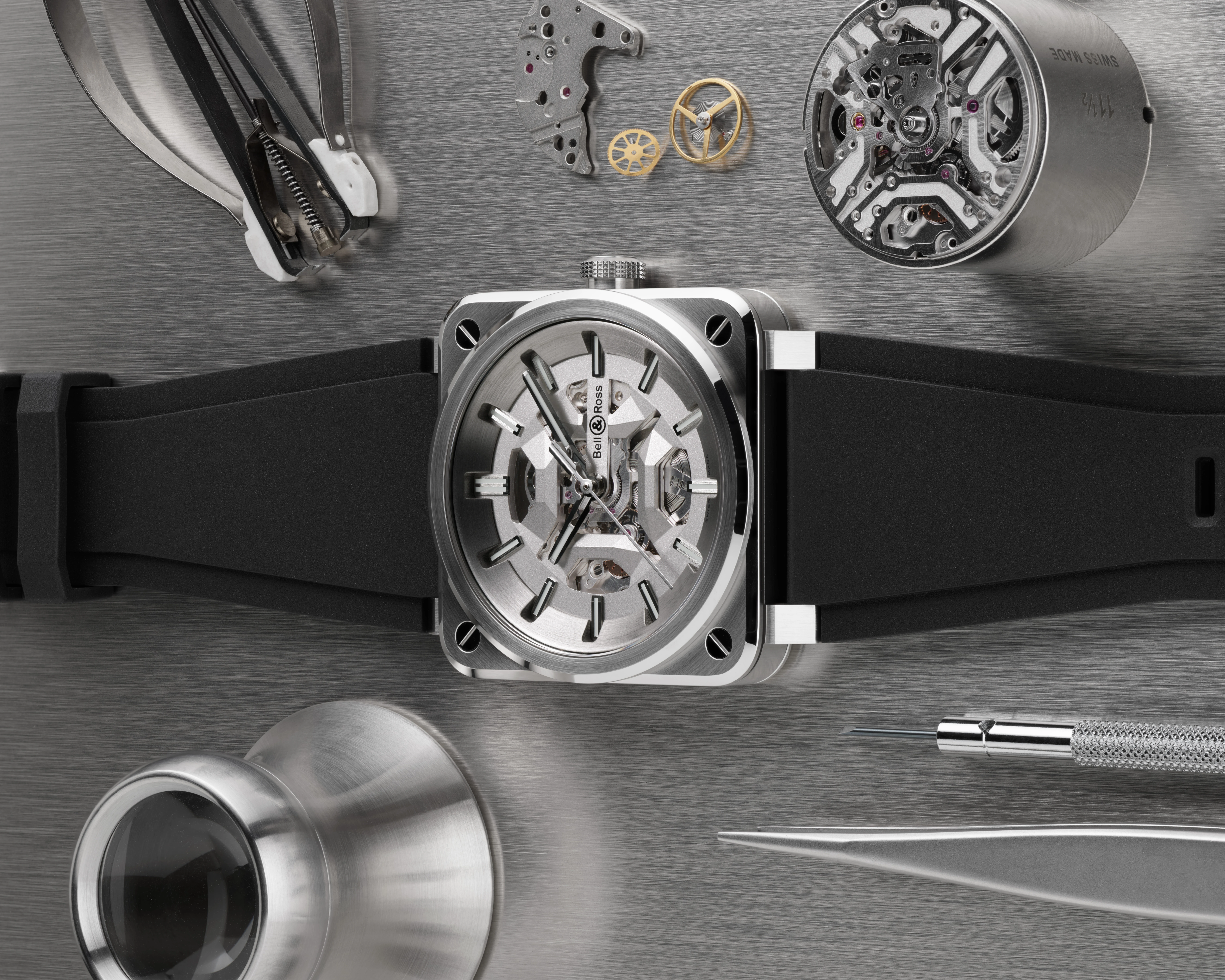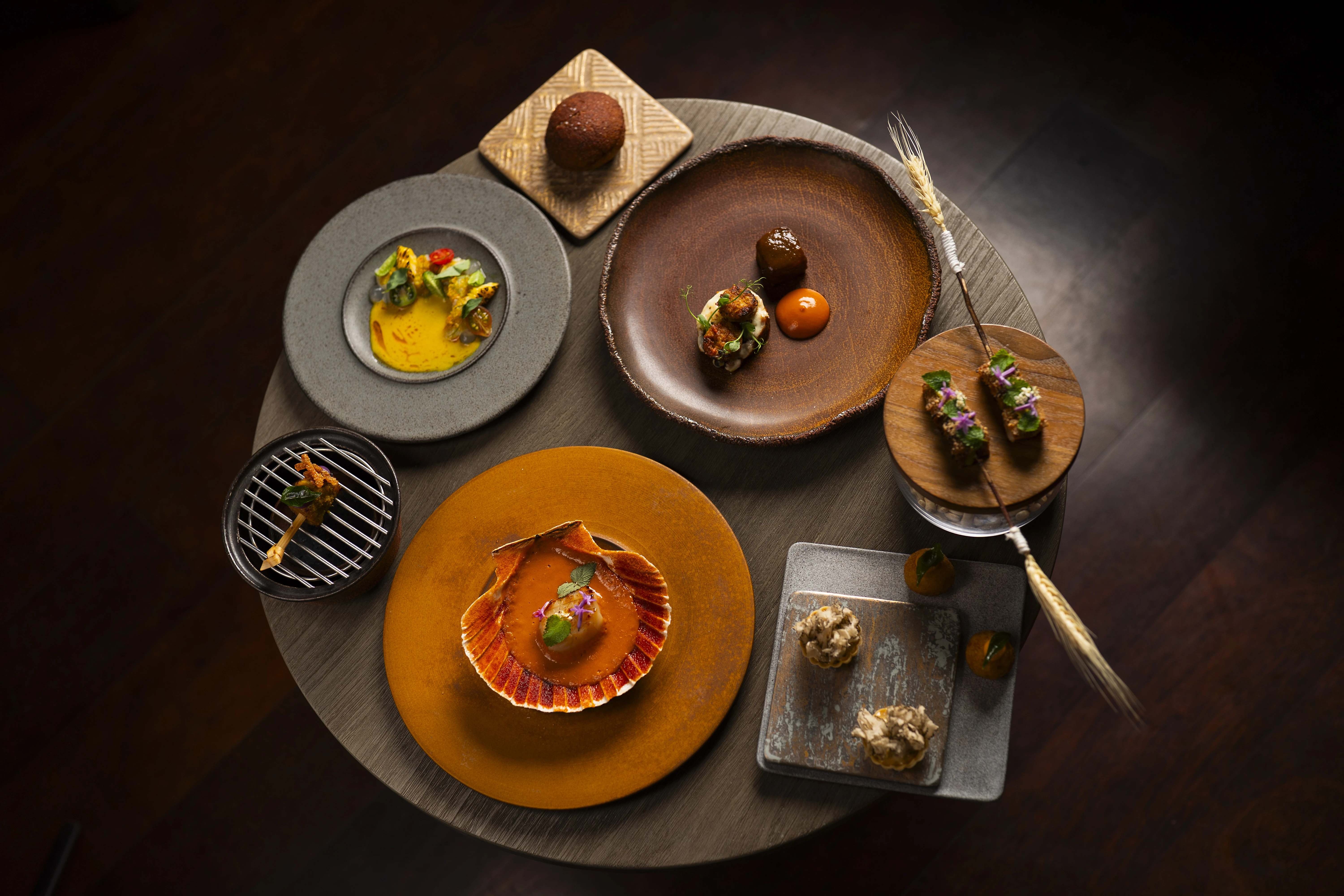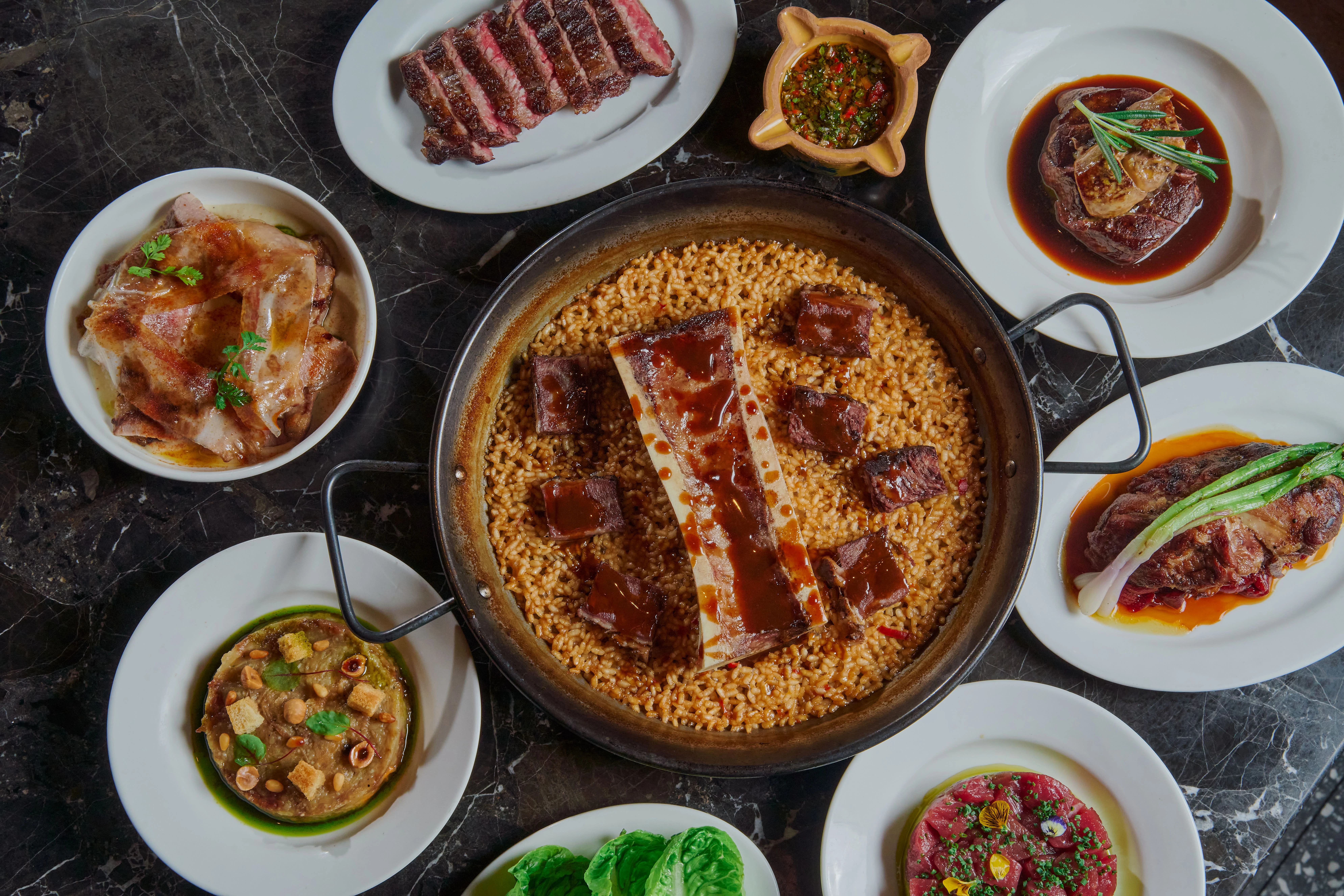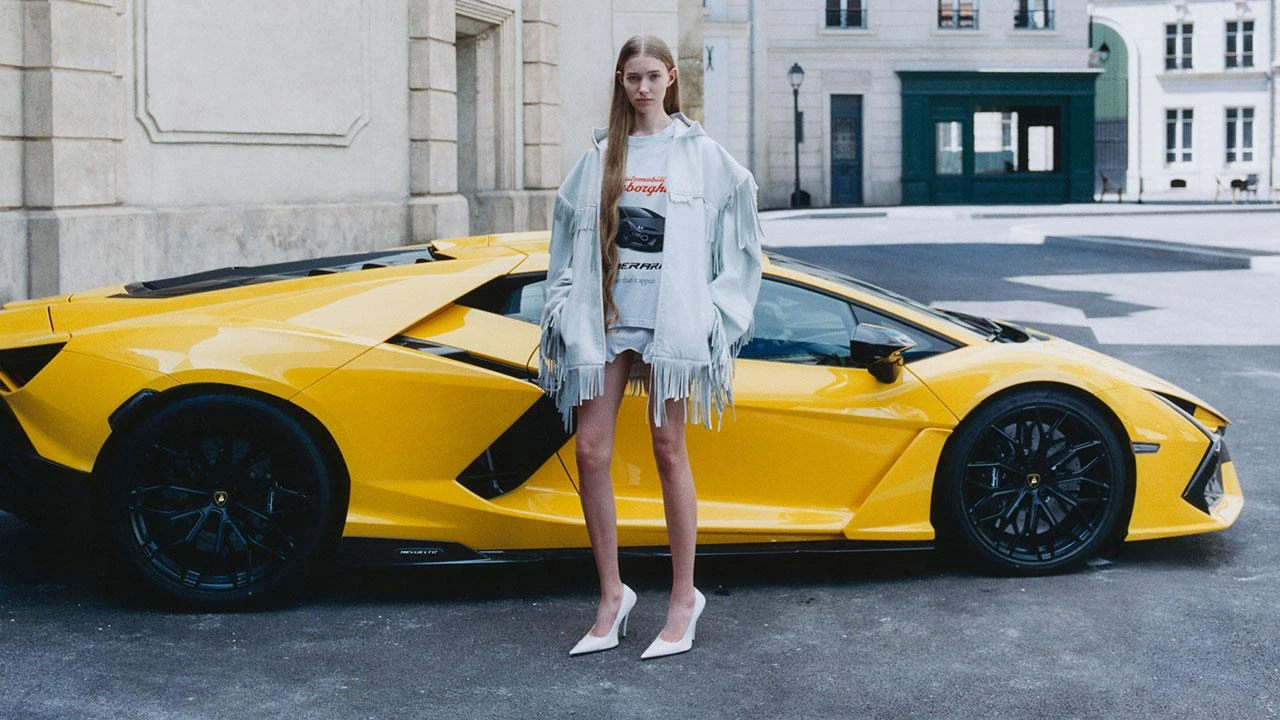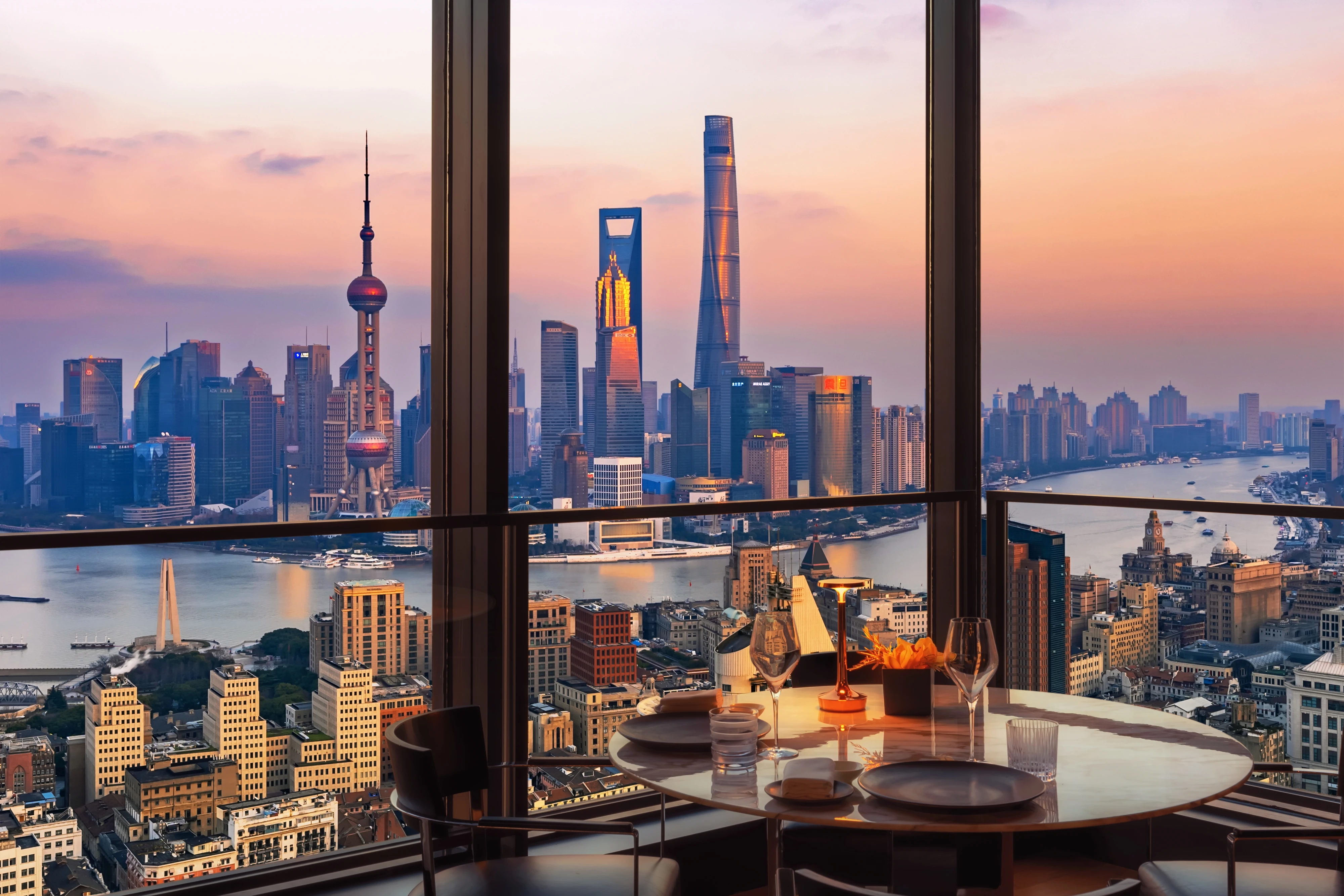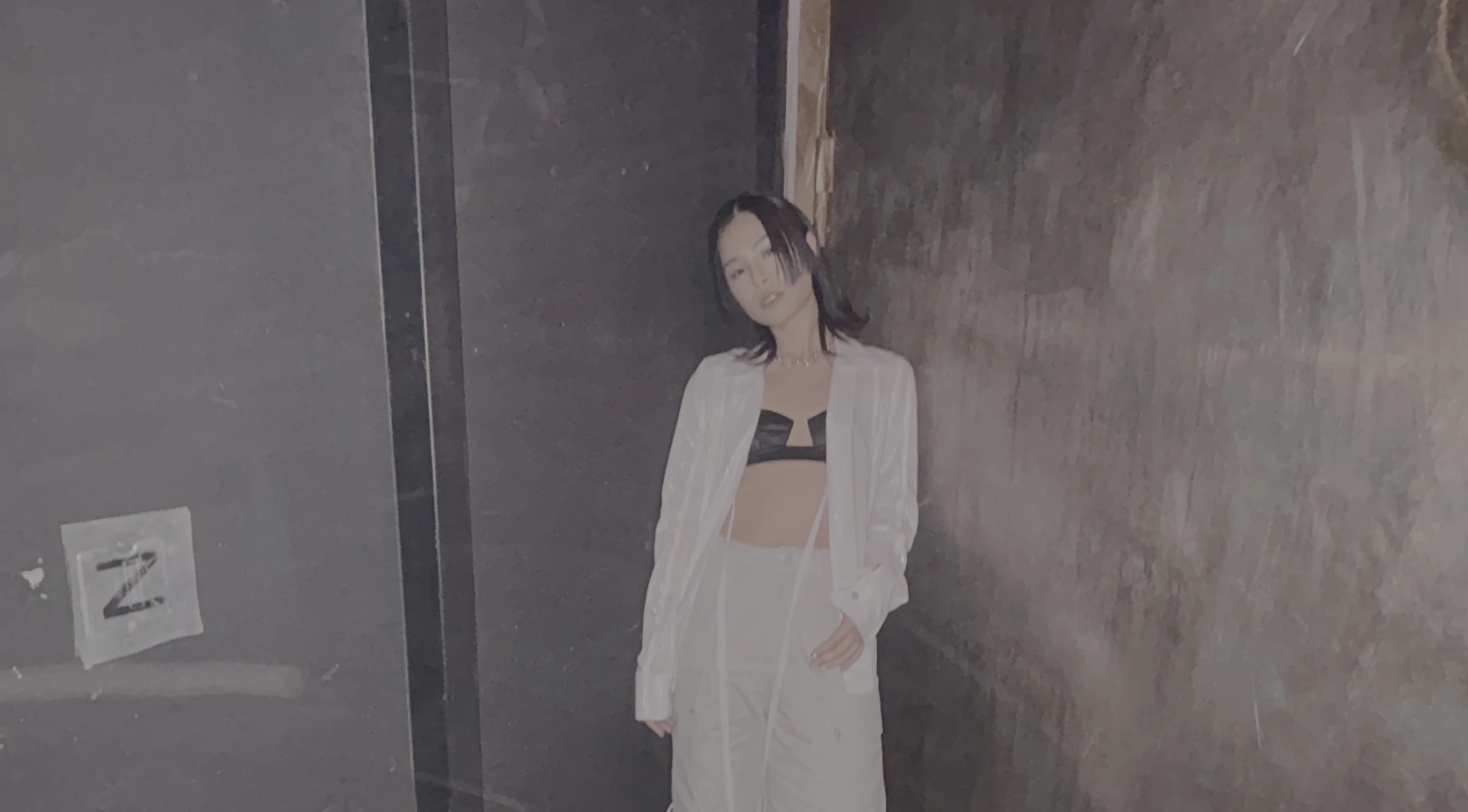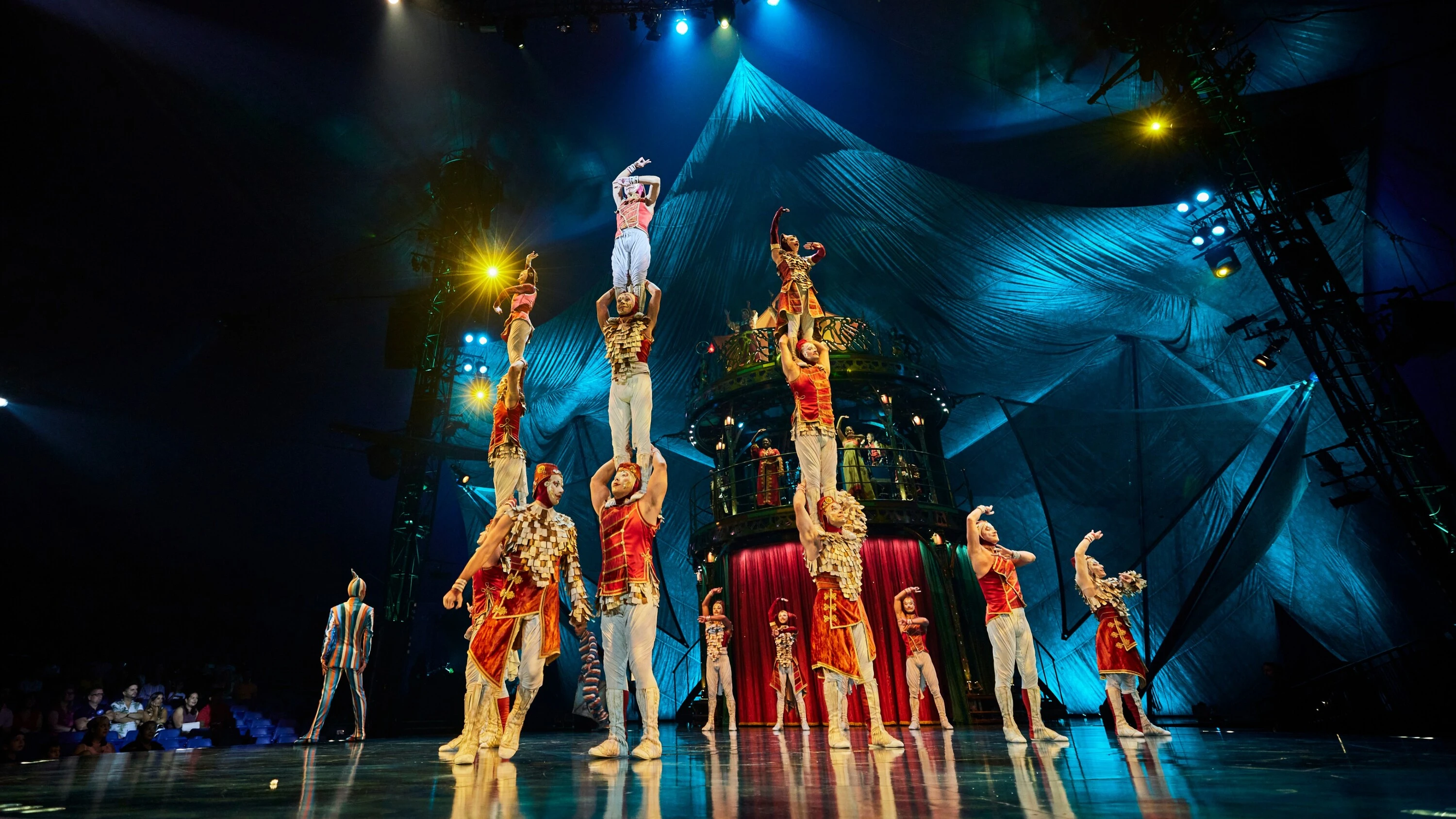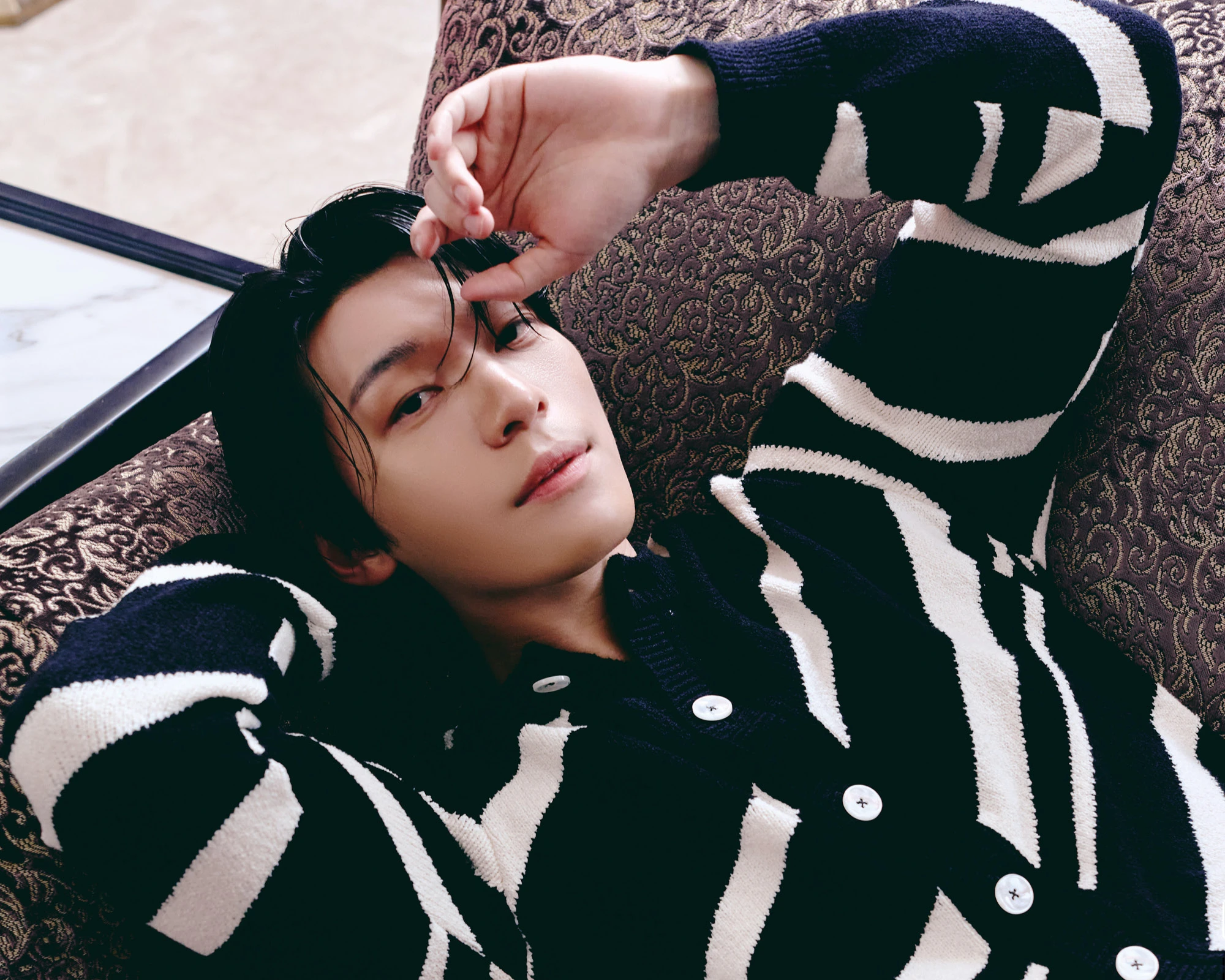The story behind the 2025 Rolex Pavilion in Venice
May 13, 2025
As the Spring days greet Venice, a new structure quietly commands attention in the Giardini – the freshly unveiled Rolex Pavilion at the 2025 Venice Architecture Biennale. This is not merely a building, but a story woven from the threads of craft, culture and a deep-rooted commitment to sustainability
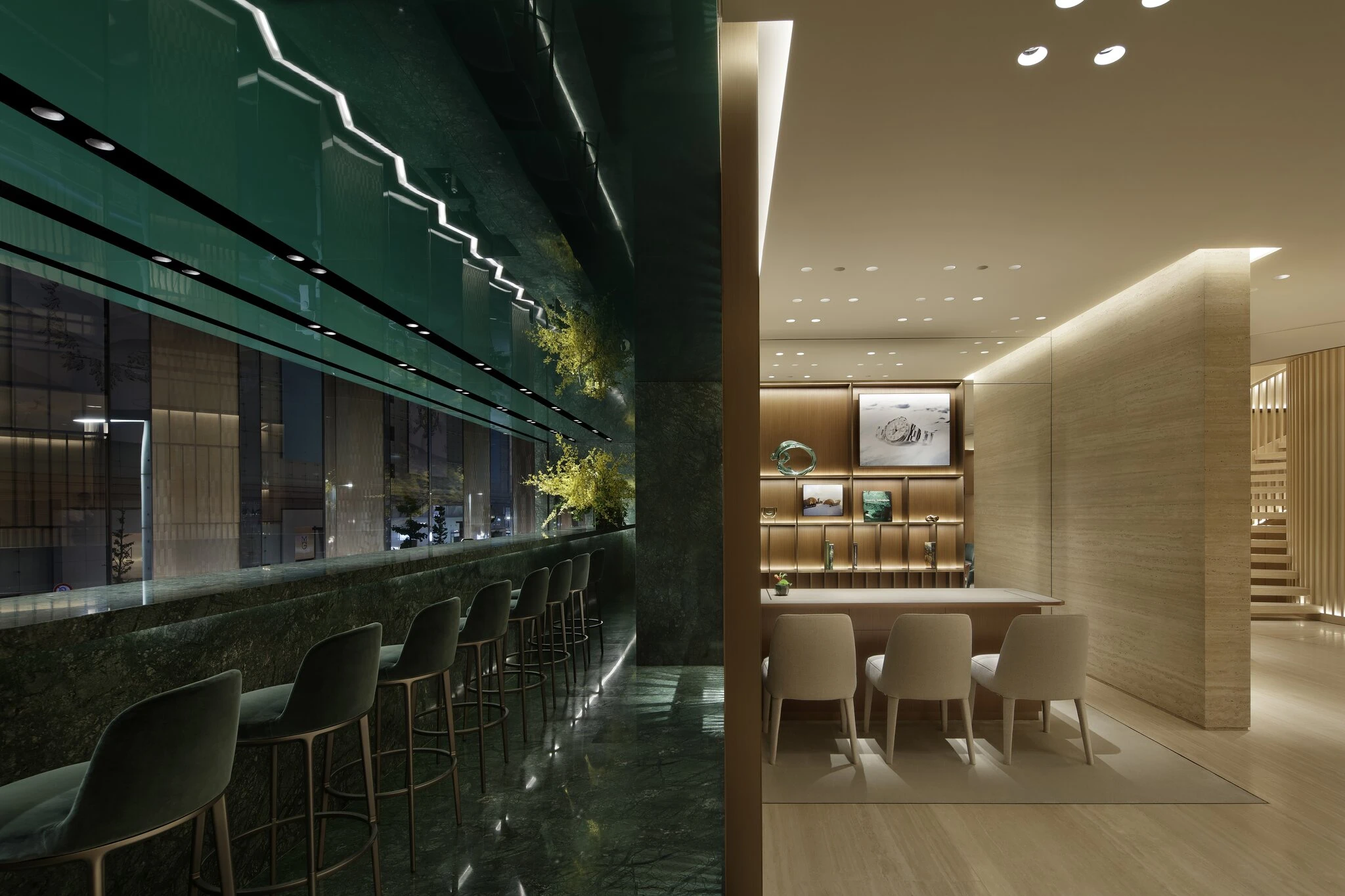
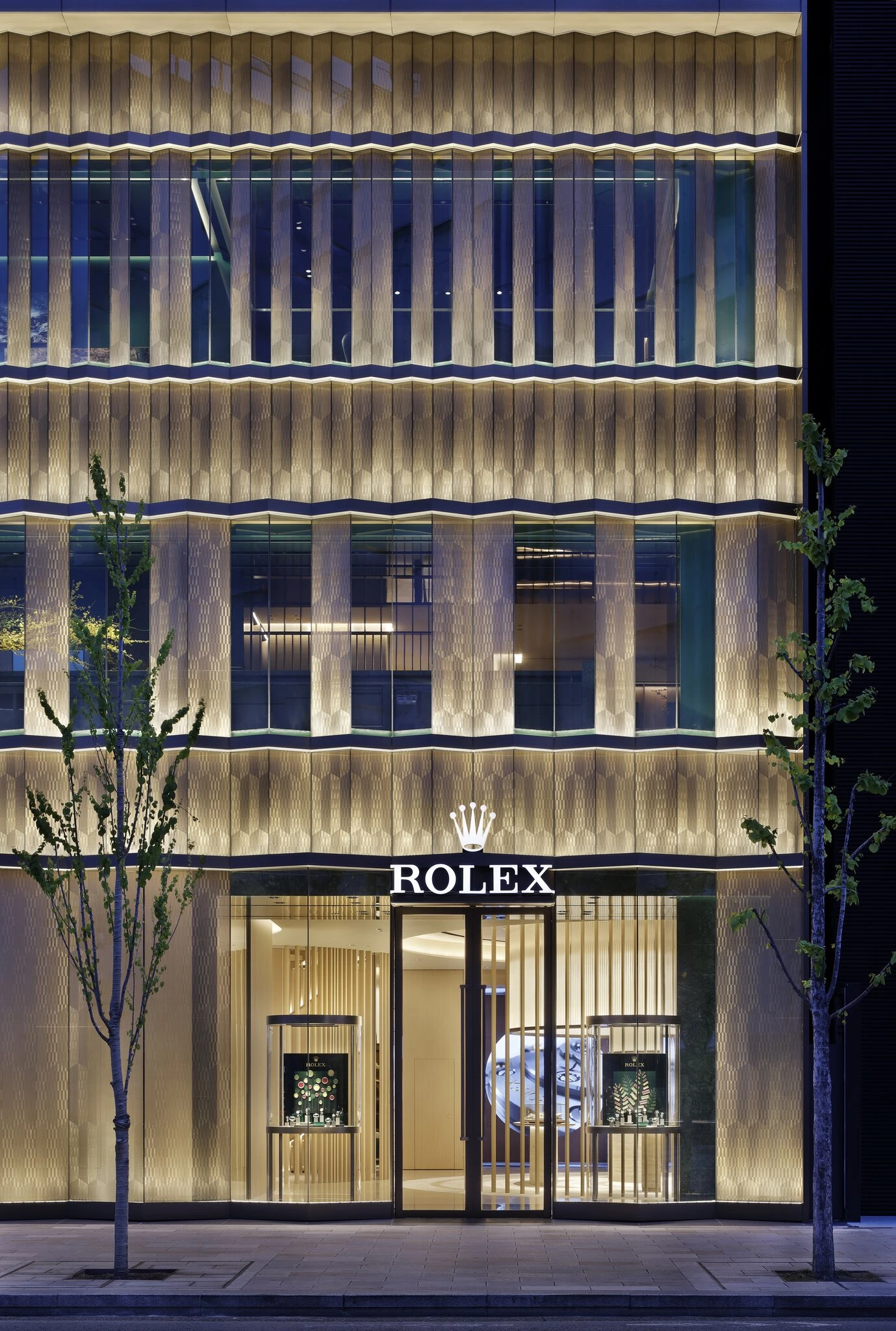
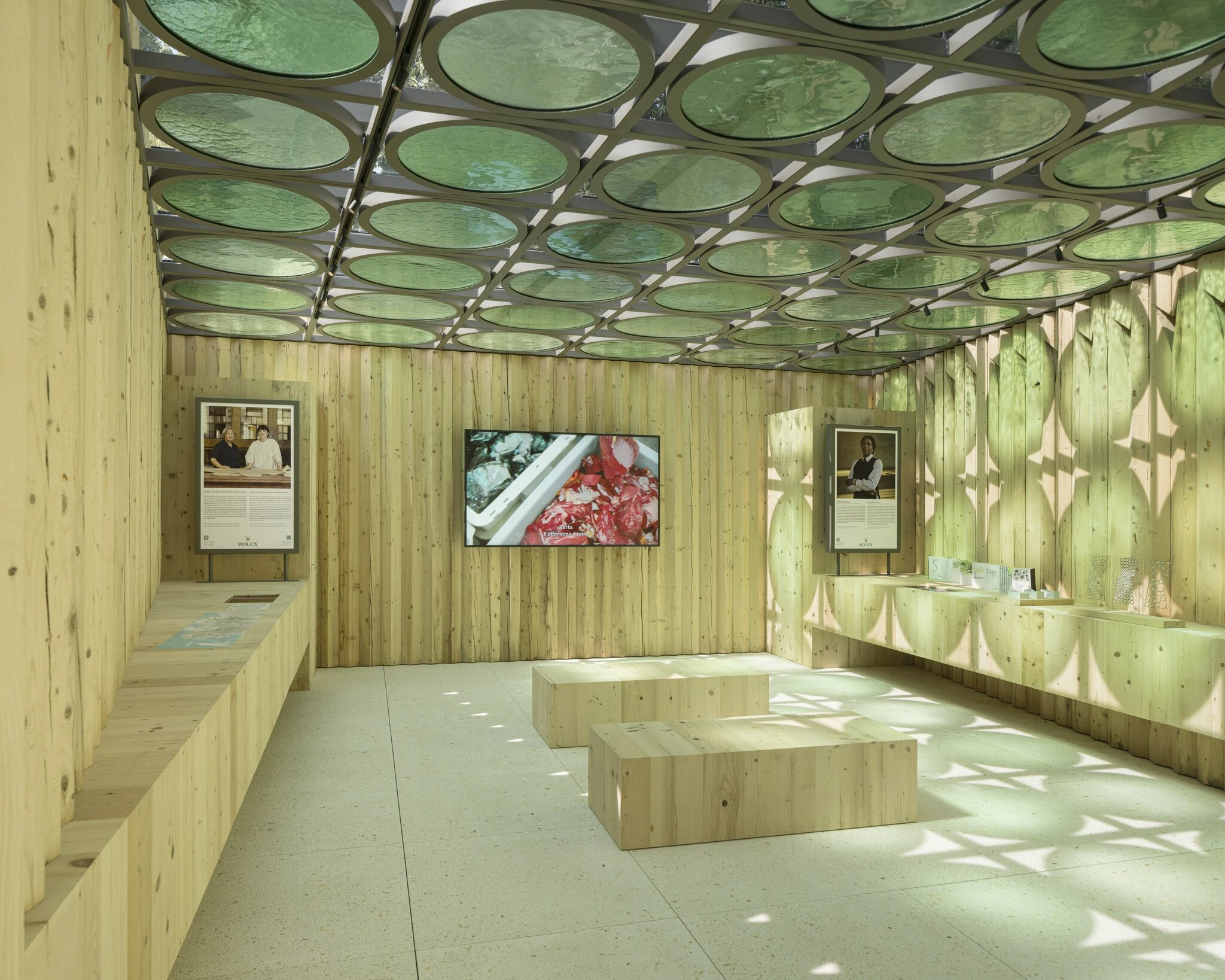
The Biennale Architettura, running until November 23, is the world’s premier stage for architectural ideas. This year’s edition, curated by Italian architect and engineer Carlo Ratti, is titled Intelligens. Natural. Artificial. Collective. The theme is both timely and urgent: how can architecture adapt in a world growing ever warmer, and how might our built environment evolve to meet the climate challenge?
A pavilion with a purpose
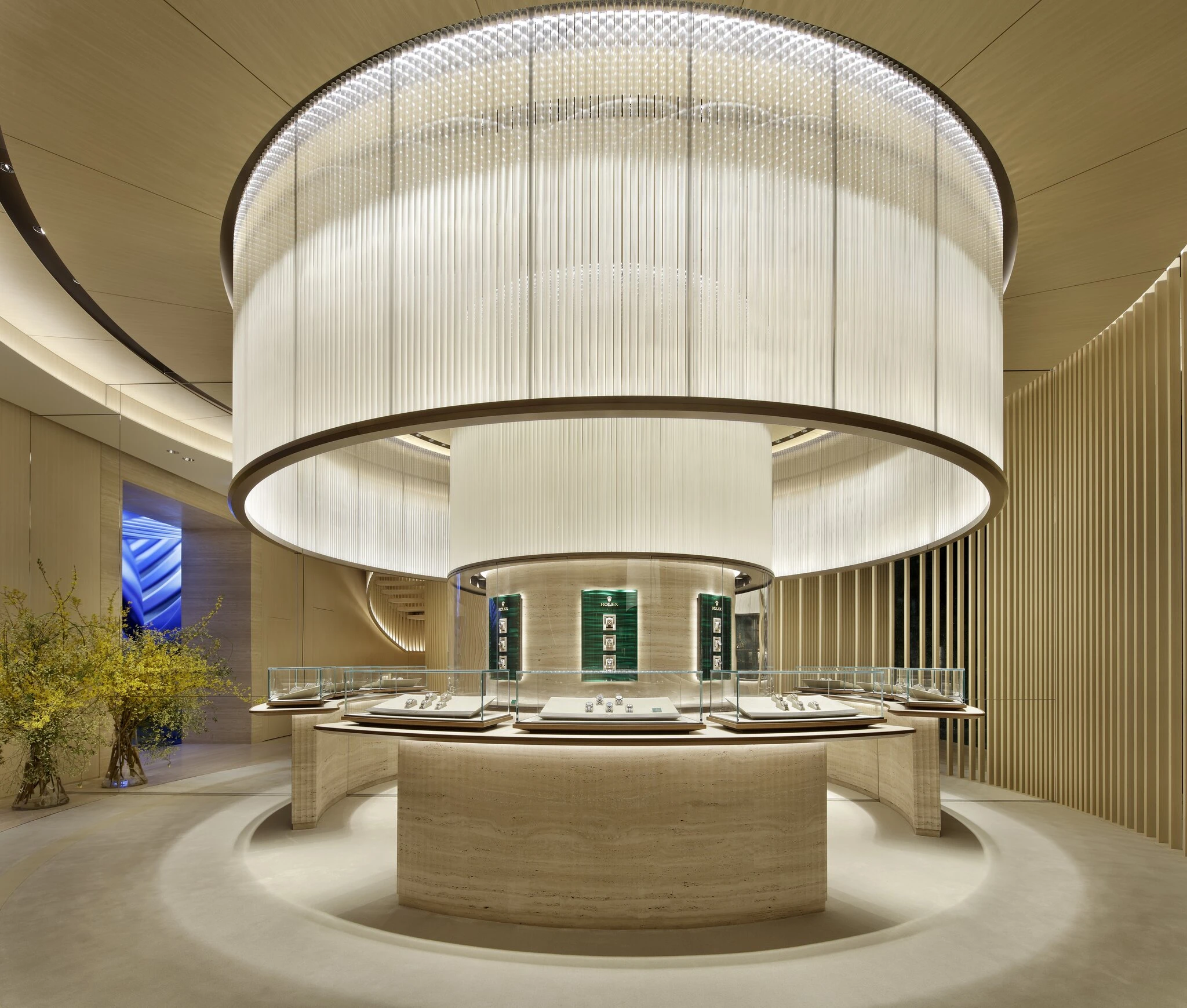
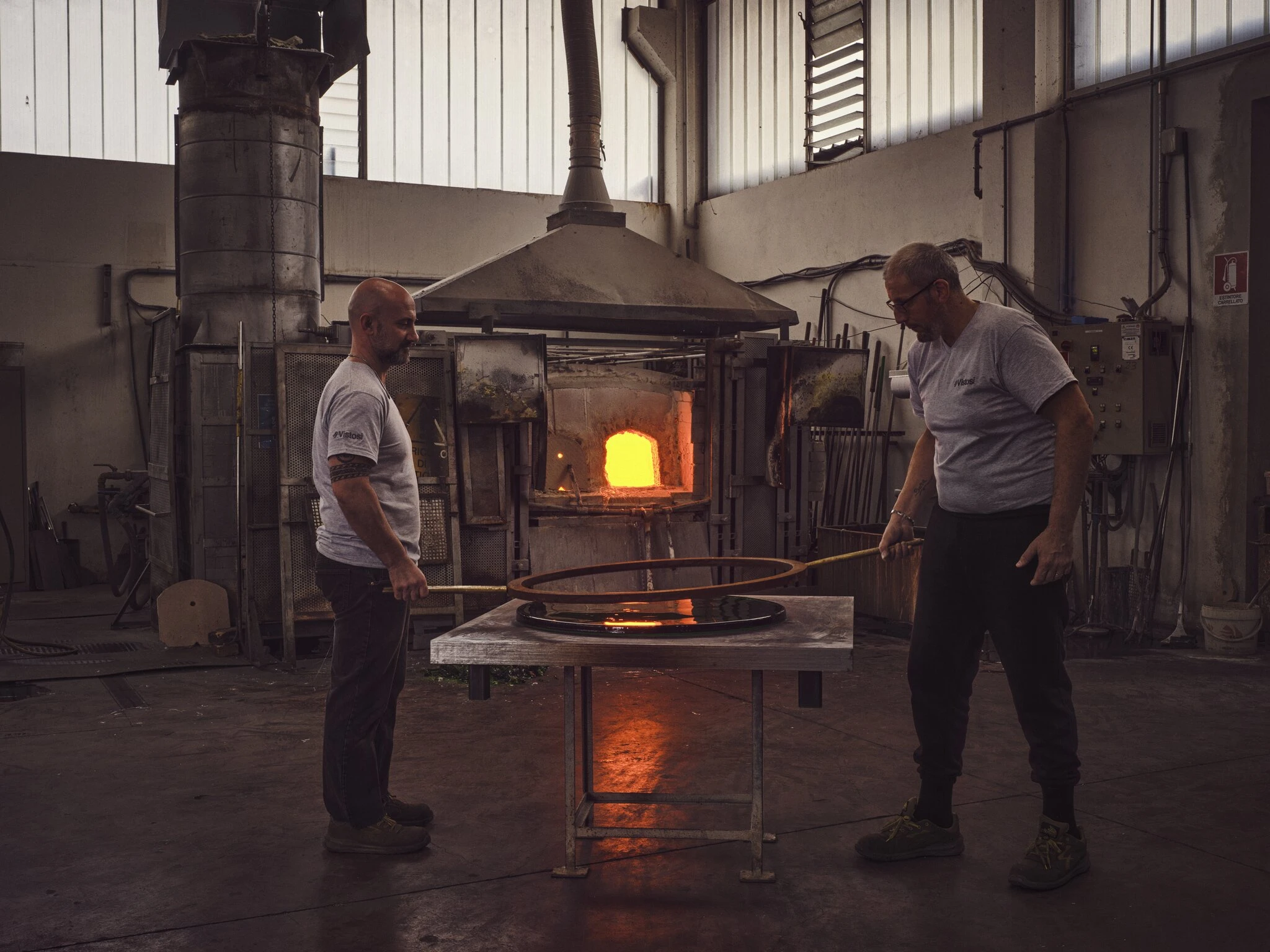
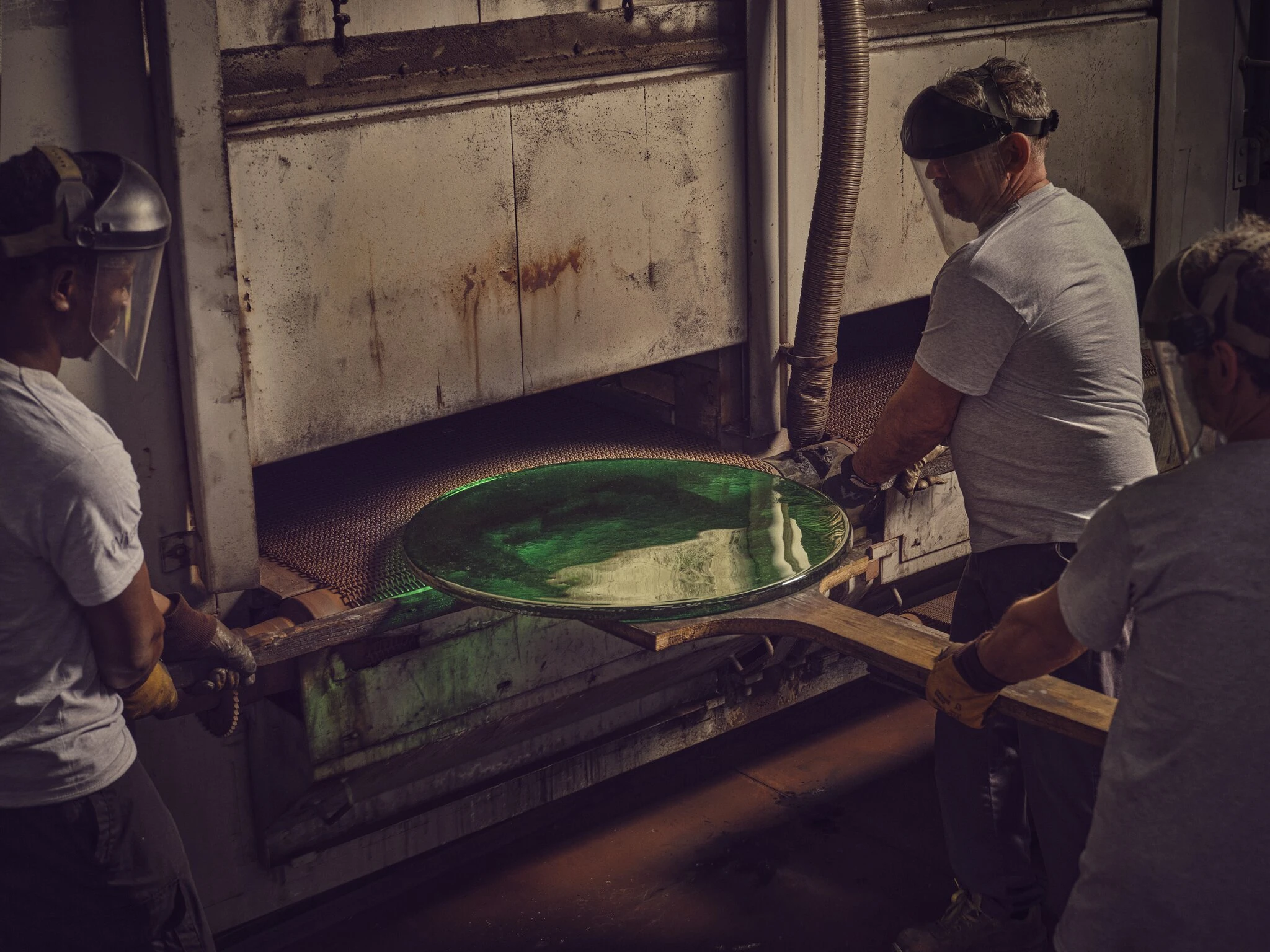
Rolex, long a champion of excellence in the arts, has been the Biennale’s Exclusive Partner and Official Timepiece since 2014. For 2025, the brand has taken its commitment a step further, commissioning Nigerian architect Mariam Issoufou to reimagine its pavilion. The brief was clear: reflect Rolex’s identity and its philosophy of sustainability, not just as a catchword, but as a living, breathing ethos.
Issoufou, whose architectural practice stretches from Niamey to Zurich and New York, approached the project with a keen sensitivity to Venice’s ecological fragility. Her vision for the pavilion is intersectional, considering not just environmental impact but also the social and cultural fabric of Venetian life. Local craftspeople were enlisted, traditional methods revived, and recycled materials sourced – all to ensure the building is as much a part of Venice as the city’s famed bridges and palazzi.
Step inside, and the details come alive. The wooden façade, crafted from recycled beams, evokes the fluted bezel of Rolex’s iconic watches – a subtle nod to the brand’s heritage. Overhead, a translucent ceiling of Murano glass (hand-blown by local artisans) bathes the space in shifting hues as the day progresses. Underfoot, terrazzo flooring sparkles with fragments of recycled “Cottisso” glass, a by-product of Venice’s storied glassmaking tradition.
Stories within walls
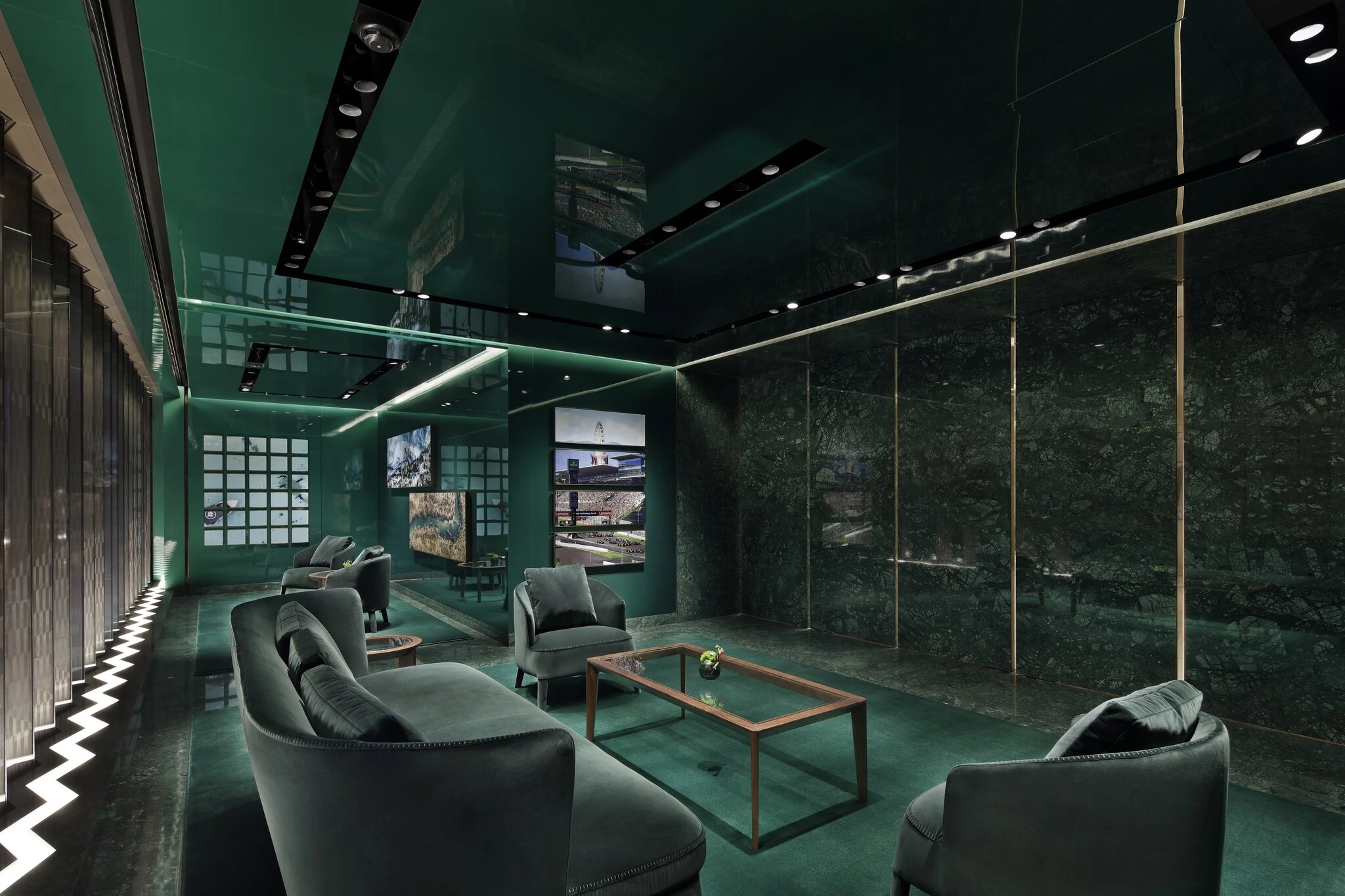
But the pavilion is more than an architectural showcase. It is a living gallery, telling stories of renewal, craft and community. A film charts the journey of the pavilion’s creation, while models and photographs celebrate the hands and minds of the Venetian artisans behind it.
The exhibition reaches beyond Venice, too. In a poignant documentary, Bourj Hammoud: The Value of the Existing, Lebanese-Armenian architect Arine Aprahamian, mentored by Pritzker Prize-winner Anne Lacaton, explores how small, thoughtful interventions can transform daily life in Beirut’s dense Bourj Hammoud neighbourhood – a testament to the power of renewal over demolition.
Other displays spotlight Rolex’s own commitment to craft, with glimpses into the meticulous refurbishment of boutiques in Milan and Tokyo. Here, tradition and innovation dance together: Milan’s Galleria Vittorio Emanuele II boutique, restored by ACPV Architects, blends historic detail with contemporary flair, while Tokyo’s flagship, designed by Gwenael Nicolas, shimmers with a kinetic façade of Kyoto metal mesh and the quiet elegance of Japanese materials.
Building for the future
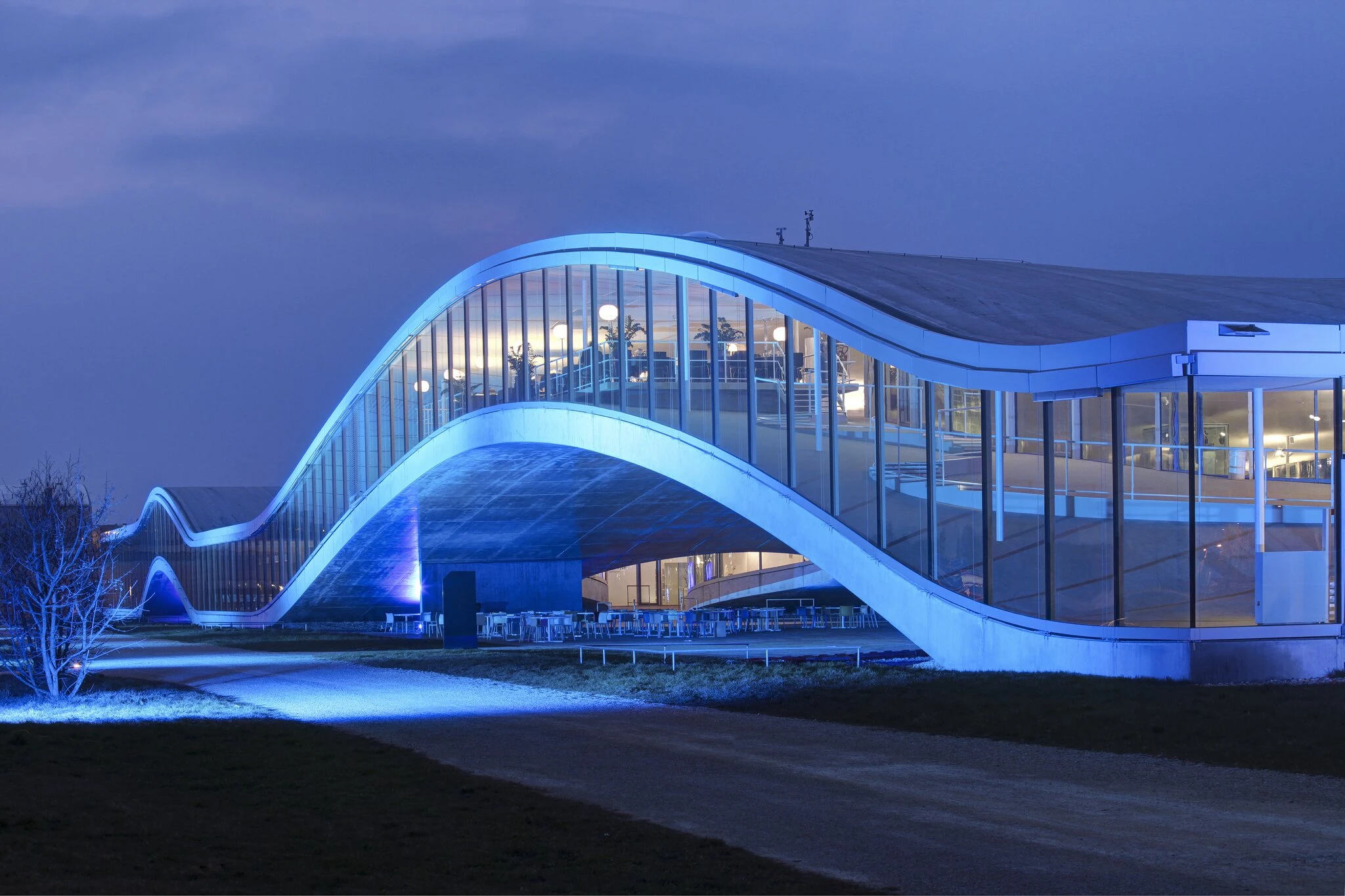
In a city as vulnerable – and as precious – as Venice, the Rolex Pavilion stands as a hopeful symbol. It is a reminder that architecture, at its best, does not simply occupy space, but enriches it, nurturing both people and place. As the Biennale’s visitors wander its halls, they are invited to imagine a future where sustainability is not an afterthought but the foundation of all we build.
In the words of Carlo Ratti, “Architecture has always been a response to a hostile climate… our creations have always strived to bridge the gap between a harsh environment and the safe, liveable spaces we require.” In Venice this year, that bridge has taken on a new, sustainable form – and it is well worth crossing.
Also see: #interview: When Tumi meets Sanz - a celebration of engineering excellence



